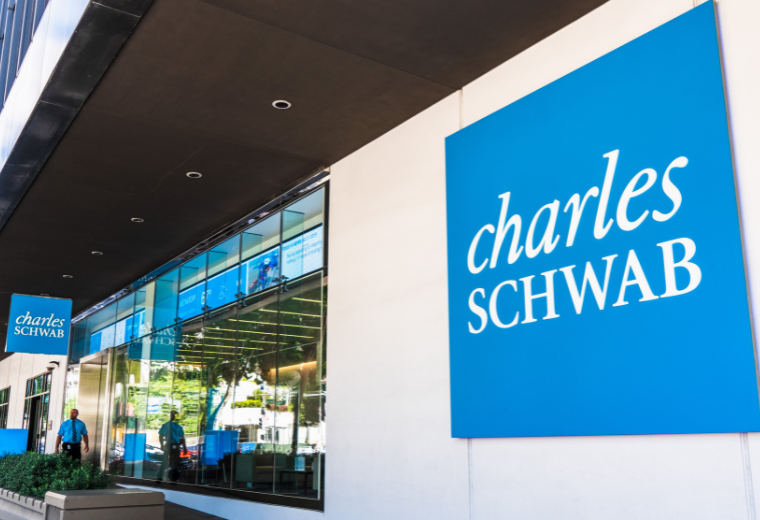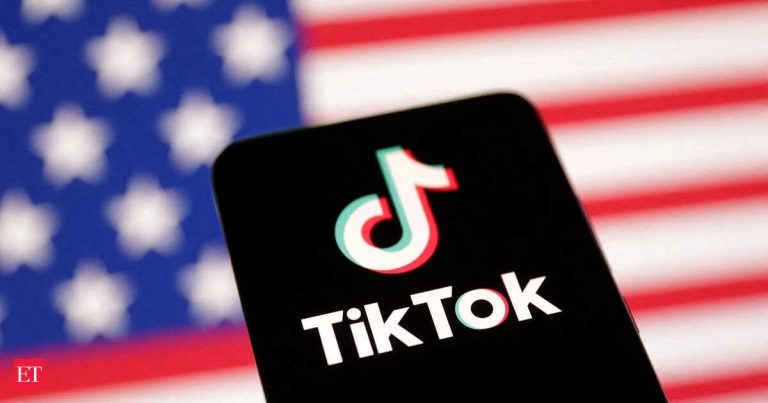
Article content material
U.S. President Donald Trump on Thursday “adjusted” an order imposing tariffs on Canada and Mexico, delaying or lowering levies on many items till April 2. The complete delay will probably be utilized to any good in compliance with the Canada-U.S.-Mexico commerce settlement (CUSMA). Whereas a truth sheet launched by the White Home declared that the “Dealmaker-In-Chief” supposed the strikes to “reduce disruption to the automotive business,” the modifications are broader than that. Right here’s a have a look at what’s now topic to tariffs and what isn’t — a minimum of for now.
Article content material
What did the U.S. change on Thursday?
Trump’s newest transfer implies that sure items from Canada and Mexico won’t face tariffs till April 2. In keeping with the White Home truth sheet, there will probably be no tariffs on items from Canada and Mexico that “declare and qualify” for CUSMA desire. Merchandise from the 2 international locations that don’t fulfill CUSMA guidelines of origin stay topic to 25 per cent tariffs. The U.S. additionally reconfirmed that lowered tariff charges of 10 per cent will apply to Canadian-origin power merchandise, alongside potash from Canada and Mexico, that falls outdoors of CUSMA desire. Any new tariff exemptions won’t be retroactive, the White Home mentioned.
What does it imply to “declare and qualify” for CUSMA desire”?
Final 12 months, round 38 per cent of Canadian imports and half of Mexican imports used the CUSMA desire, which permits items to obtain zero or near-zero customs duties, in response to a White Home official who spoke to reporters on Thursday. The deal, which was signed by the three international locations in 2018, outlined “guidelines of origin” to find out whether or not a product is entitled to preferential duties below the settlement. The rules stipulate {that a} product qualifies for CUSMA desire if it originates or is manufactured completely from supplies sourced from the U.S., Mexico, or Canada. Canadian exporters who need to declare preferential tariff therapy below CUSMA are required to incorporate a “certificates of origin” of their shipments. A big proportion of the products that qualify for preferential therapy embody automotive autos and associated elements, the White Home mentioned.
Article content material
What doesn’t fall below CUSMA?
Items that fall below CUSMA embody a variety of merchandise, from almost all agricultural gadgets, attire and textiles, to autos and automotive elements. “Nearly something and every thing” might be CUSMA compliant and are available in duty-free, however some components within the certificates of origin are “extraordinarily onerous,” mentioned Nicole Bivens Collinson, managing principal at Sandler, Travis & Rosenberg P.A., a customs and worldwide commerce agency. Consequently, some importers favor to make use of the “most favoured nation” commerce rule as an alternative of using CUSMA’s preferential therapy for duty-free entry. These gadgets would thus be topic to tariffs, till the CUSMA course of is adopted. Oil is roofed by CUSMA, however a White Home official mentioned it sometimes doesn’t qualify for CUSMA desire.
How did Canada reply?
In response, Ottawa has paused its second part of retaliatory tariffs of $125 billion of U.S. items, in response to Canada’s finance minister Dominic LeBlanc. “America has agreed to droop tariffs on CUSMA-compliant exports from Canada till April 2. Consequently, Canada won’t proceed with the second wave of tariffs on $125 Billion of U.S. merchandise till April 2, whereas we proceed to work for the elimination of all tariffs,” LeBlanc wrote on X on Thursday. Jacques Shore, a associate at Gowling WLG, mentioned that Canada will “proceed to be mired in a interval of uncertainty as we’re all caught between Trump and a tough place. Now we have to have a look at that very severely, and hope for the most effective however put together for the worst.”
Beneficial from Editorial
Share this text in your social community







